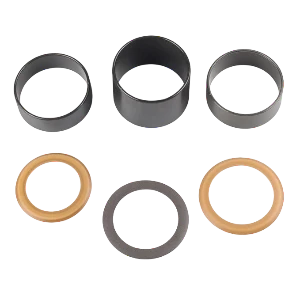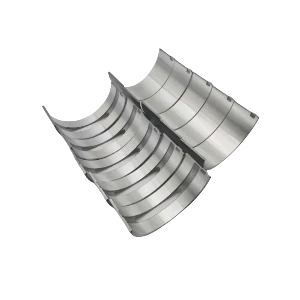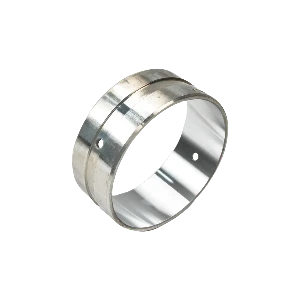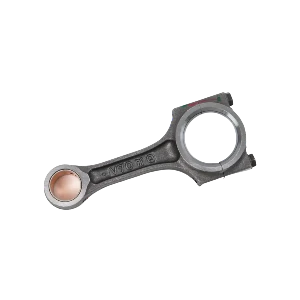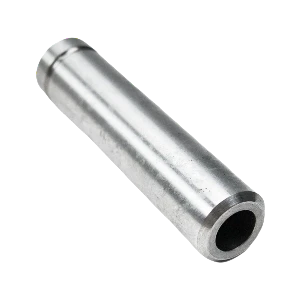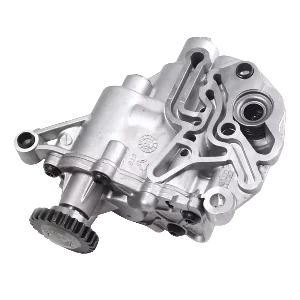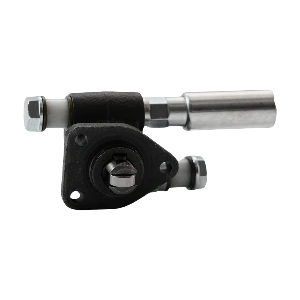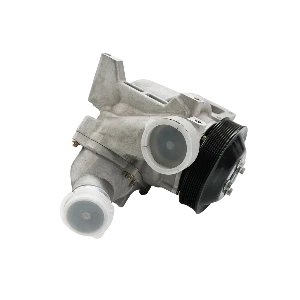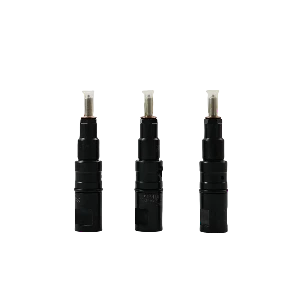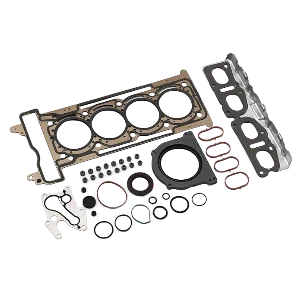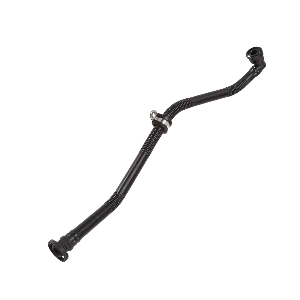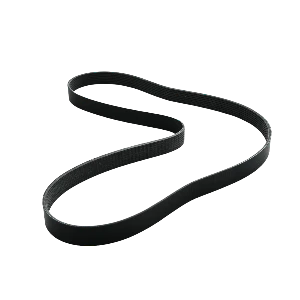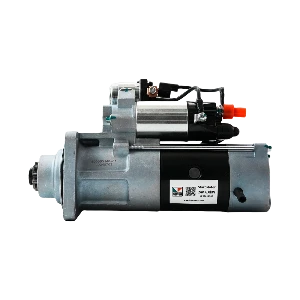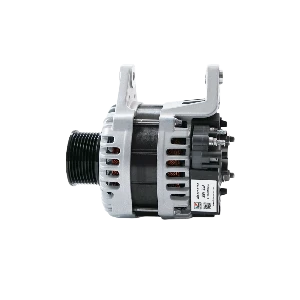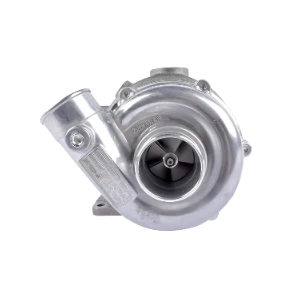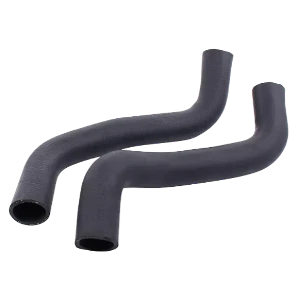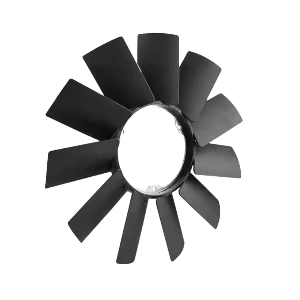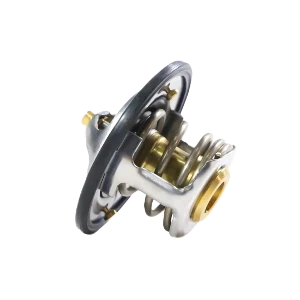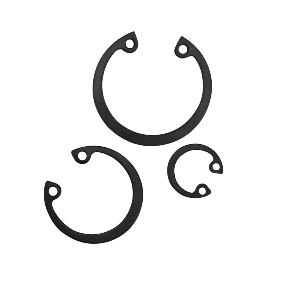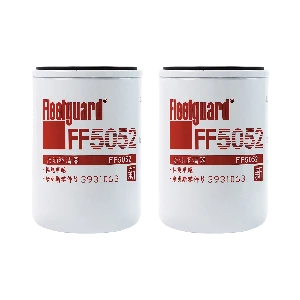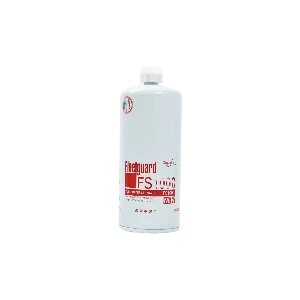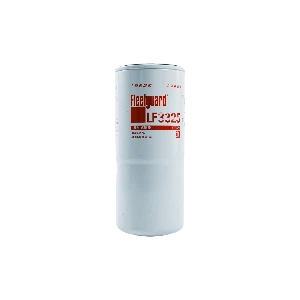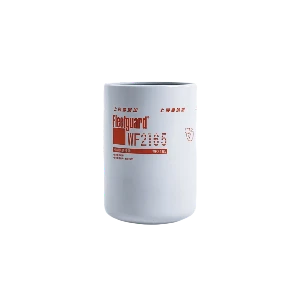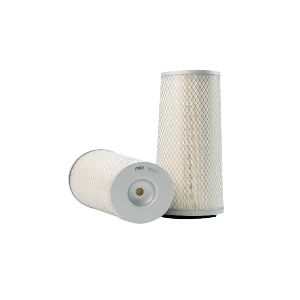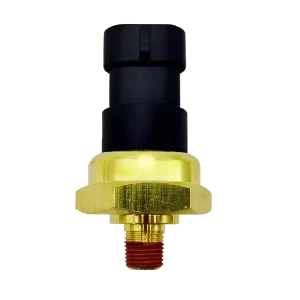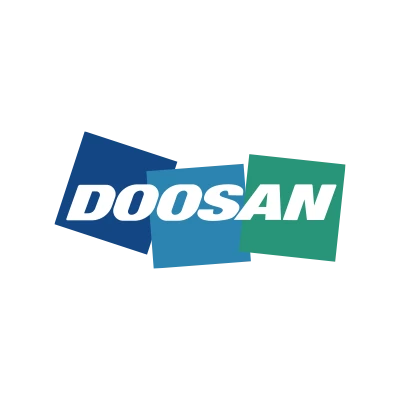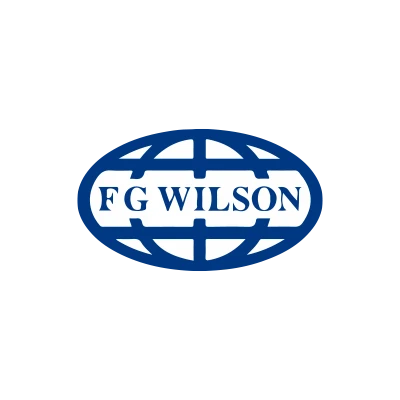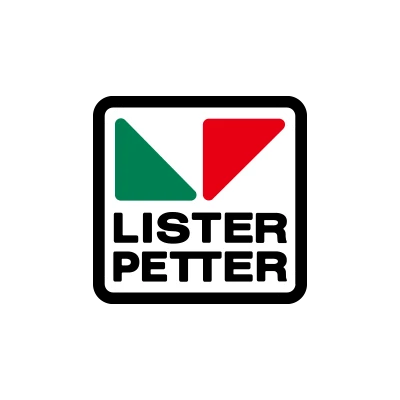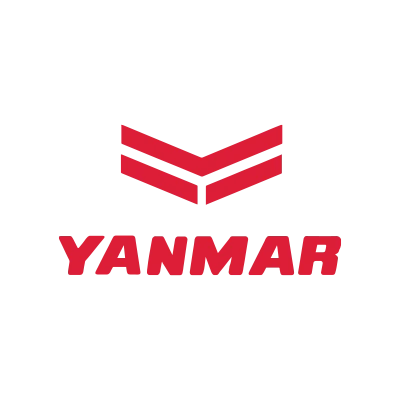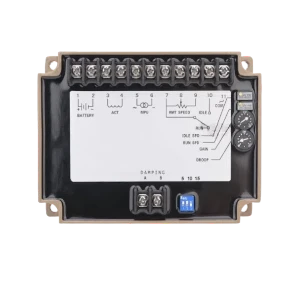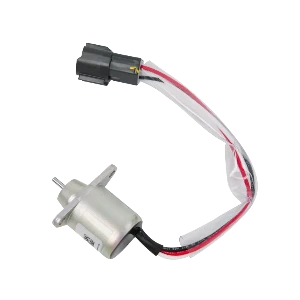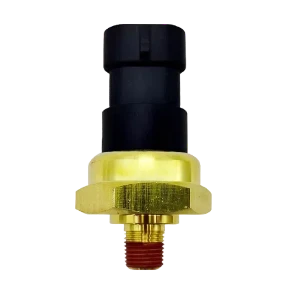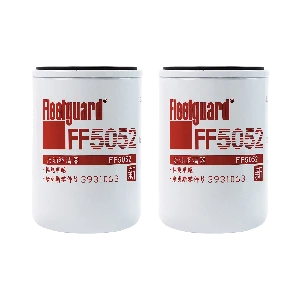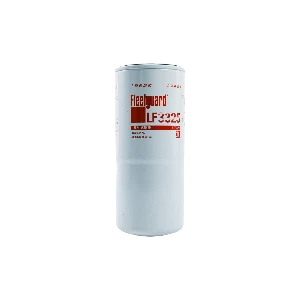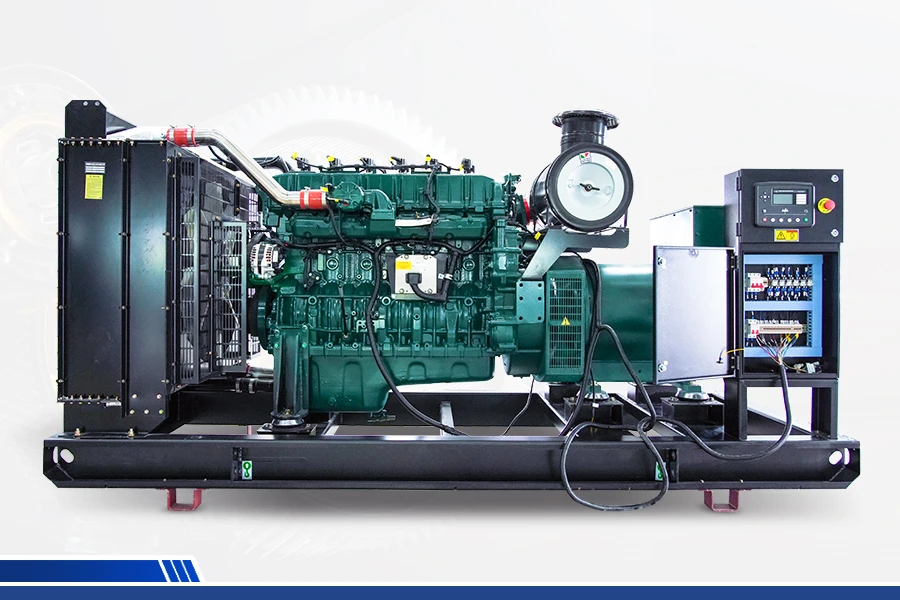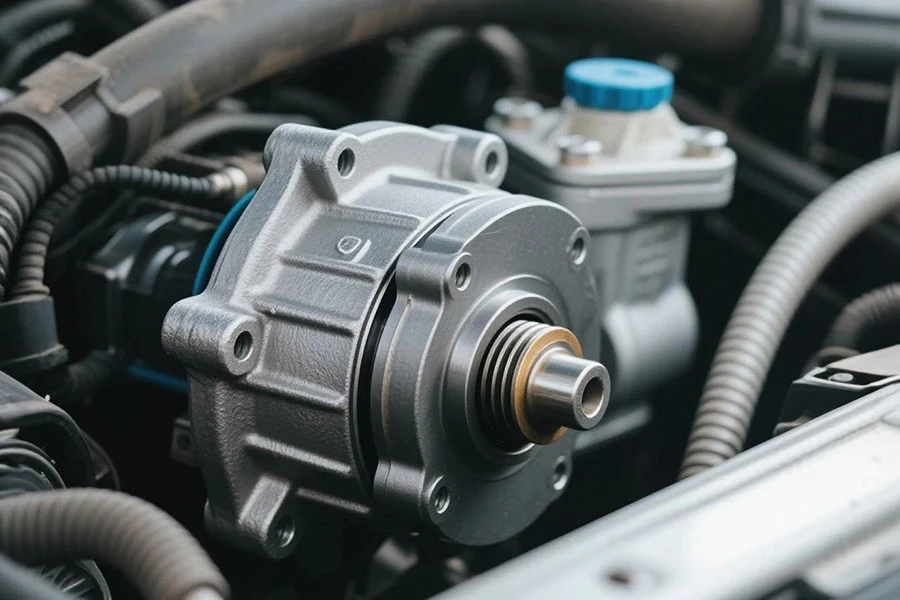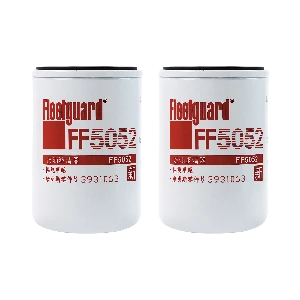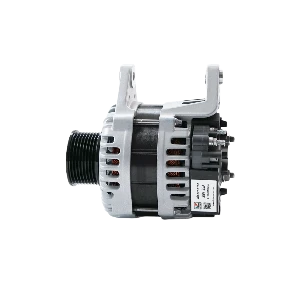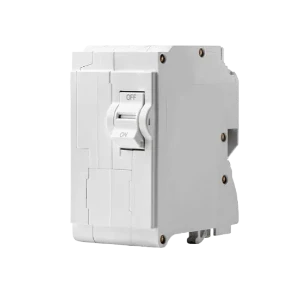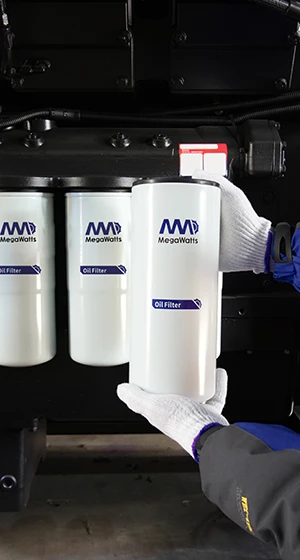Maintenance and Care of the ‘Three Filters’ Components of a Diesel Engine
Maintenance and Care of the ‘Three Filters’ Components of a Diesel Engine
1. Air Filter
The air filter is the first line of defence for a diesel engine, serving to filter dust from the atmosphere to prevent abrasive wear on cylinder liners, piston rings, valves, and valve seats.
There must be no air leaks at any sealing points of the air filter assembly. The filter element should be cleaned regularly. Paper filter elements should not be cleaned with diesel fuel; instead, use a soft-bristle brush to remove debris or blow it out with compressed air. Replace the filter element if it is cracked or clogged. Oil-bath air filters should have their engine oil replaced regularly, the oil pan cleaned, and oil added to the appropriate level—not too full or too low. The engine oil viscosity should also be appropriate—not too thick or too thin.
In addition to following the specified maintenance requirements during use, the following issues should also be noted:
Check the tightness of the bolts securing the intake duct to the intake manifold to prevent loosening. If loosened, excessive vibration of the air filter during diesel engine operation may cause cracks in the welded joints at the base of the intake duct or cracks in the curved sections of the intake duct. In such cases, the engine should be stopped for inspection and the fault rectified. Additionally, ensure that the welded reinforcement plates on the intake duct are securely fastened. If the welds are not secure, the plates may detach, losing their structural support function, which could cause the intake duct to crack due to excessive load.
(2) Pay attention to the tightness of the fixing screws on the centrifugal coarse filter. Since the centrifugal coarse filter is located at the highest position and experiences significant vibration, the fixing screws of the clamps are prone to loosening, causing the coarse filter to drop. This can result in reduced air intake and power output in mild cases, or blockage of the centre tube opening in severe cases, preventing air intake and rendering the locomotive unable to start. Therefore, it is essential to ensure the centrifugal coarse filter is installed at the correct position, with the centre tube opening aligned with the deflector blades.
(3) Protect the sealing gasket to prevent expansion and deformation. During each maintenance, store it properly to avoid contact with diesel, petrol, etc. When installing, ensure it is not misaligned; misalignment can cause deformation, making it difficult to fit into the groove and resulting in poor sealing. Additionally, ensure that the locking force of the three spring plates (or spring steel wire rings) is sufficient and uniform. Insufficient or uneven locking force may cause the lower oil sump to loosen, resulting in the seal ring not being compressed tightly, leading to deformation and air leakage. In such cases, use pliers to forcefully bend the spring hooks to increase the locking force. If the spring hooks are damaged, they should be replaced promptly.
(4) Pay attention to the oil level inside the lower oil sump. The oil level can be slightly low but must not be too high. If the distance between the oil level and the lower opening of the central tube is less than 15 mm, it may cause difficulty in starting the engine, or even draw engine oil into the cylinder, resulting in oil burning. Therefore, engine oil must be added strictly according to the specified liquid level height.
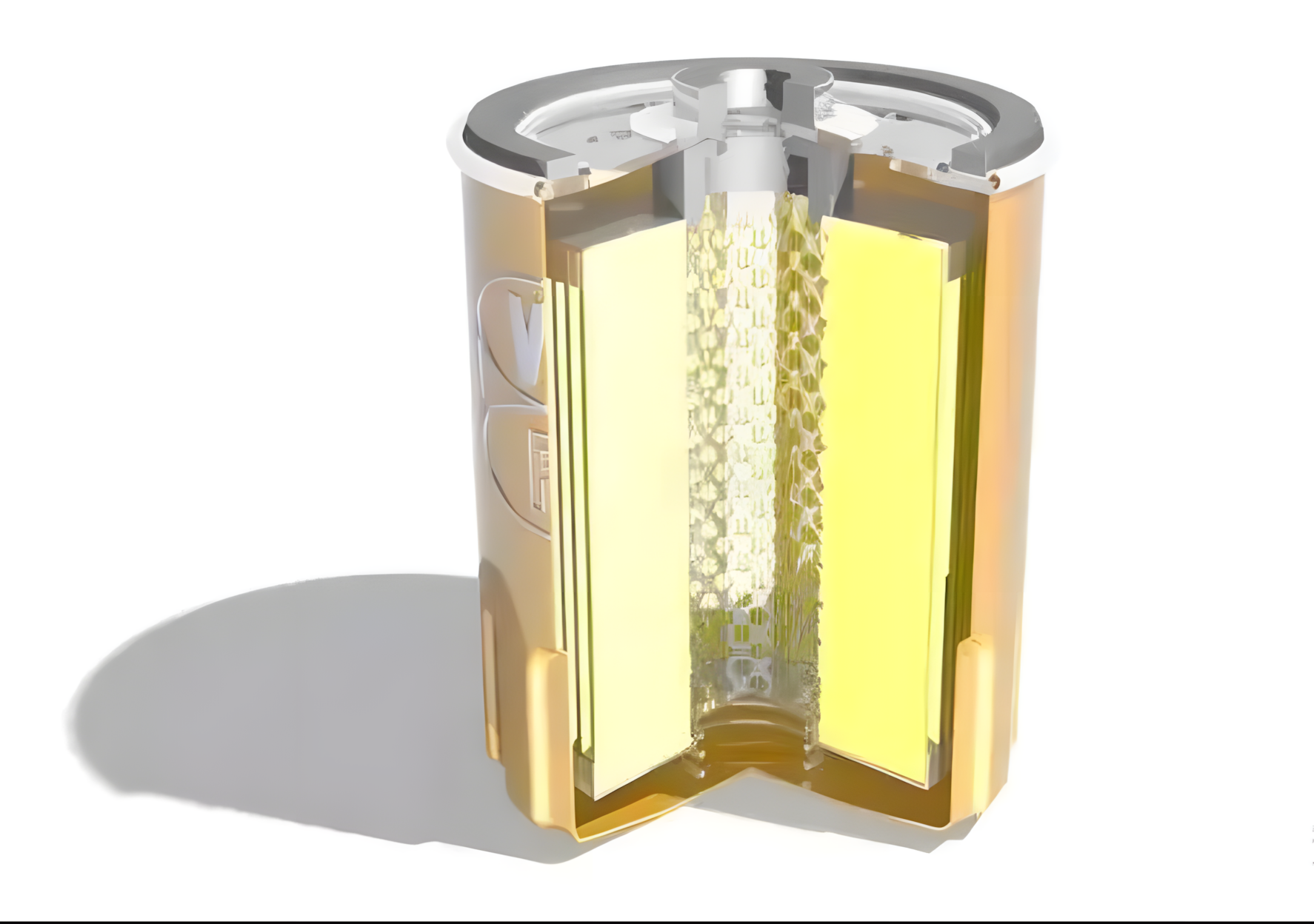
2. Fuel Filter
The function of the fuel filter is to remove particulate impurities and moisture from diesel fuel, reducing wear on the precision components of the fuel injection pump and injectors, thereby ensuring reliable operation and extending their service life.
Diesel fuel from the fuel tank enters the space between the filter housing and filter element through the inlet port on the cover via the inlet pipe connector. Larger impurities and moisture in the diesel fuel settle at the bottom of the housing. The diesel fuel then passes through the paper filter element into the inner chamber, where impurities are blocked outside the filter element. Clean diesel fuel flows through the central hole at the top of the filter element into the outlet passages on the filter housing, and is then delivered to the fuel line via the fuel line connector bolt, flowing toward the fuel injection pump.
Many people believe that the diesel fuel added each time has undergone prolonged settling, with impurities and water already filtered out, and thus choose to omit installing or neglect maintaining the diesel fuel filter. However, this approach often results in greater losses due to neglecting minor issues.
Even if diesel fuel has undergone natural settling before refuelling, it can still be contaminated during refuelling due to unpredictable factors such as the surrounding environment, the tools used, and the cleanliness of the fuel tank, which can damage the engine and other components. Therefore, the diesel fuel filter plays an indispensable role, and regular maintenance is essential.
Diesel fuel filters are divided into coarse filters and fine filters.
Coarse filters should promptly remove water and debris from the sediment cup. Clean the interior of the coarse filter housing with clean fuel. The copper mesh filter element should be brushed in the direction of the threads, or blown with air or inflated with a pump to expel debris using air pressure. During installation, ensure the sediment cup gasket is properly seated and tighten the nuts to prevent fuel leakage.
For the fine filter, first remove dust from the housing exterior, remove the filter element, drain the sediment oil, and simultaneously clean the interior of the filter housing. If the filter element is severely contaminated and fuel flow performance remains poor after cleaning, replace it with a new one.
3. Engine Oil Filter
The oil filter removes impurities such as dust, metal particles, carbon deposits, and soot particles from the engine oil, keeping it clean and preventing impurities from entering the friction surfaces of the diesel engine components. The performance of the oil filter plays a crucial role in reducing wear on important mating parts of the diesel engine and extending its service life.
When maintaining and repairing the oil filter, ensure ‘three cleans,’ ‘three seals,’ and ‘three inspections.’
During maintenance, the oil filter must be kept ‘three clean.’ The first clean involves washing the oil sludge from the inner walls of the filter with cleaning oil, then wiping it clean with a clean cloth or blowing it clean with compressed air. The second clean involves scraping off the deposits from the inner walls of the rotor with a wooden spatula, then washing it with cleaning oil, and finally wiping the rotor and rotor walls clean with a clean cloth or compressed air to prevent damage to the rotor. The third clean involves spraying the oil injection pipes and filter screens inside the rotor with a cleaning agent, then blowing them clean with compressed air to ensure the smooth flow of oil in the rotor's oil injection pipes. It is strictly prohibited to use cotton cloth or similar materials for cleaning to prevent clogging of the nozzles.
When reassembling the filter, ensure the ‘three seals.’ First, align the assembly marks between the rotor seat and the rotor housing to ensure sealing between the rotor and the rotor cover. Second, ensure that the clearance between the rotor and the rotor shaft meets technical requirements to ensure sealing at the upper and lower ends of the rotor. Third, ensure that the sealing ring between the filter housing and cover, as well as the tightening torque of the securing nuts, meet technical requirements to ensure sealing between the rotor housing and cover, preventing oil leakage.
(3) After reassembly, perform the ‘three inspections.’ First, check whether the rotor rotates smoothly and whether the axial clearance meets technical requirements. Second, check for any oil leakage after the filter is reassembled and positioned. Third, check whether the sound of the rotor's inertial rotation can be heard continuously for 2–3 minutes after the engine stops running at medium speed or above; otherwise, the filter is malfunctioning.
-
Previous Post:
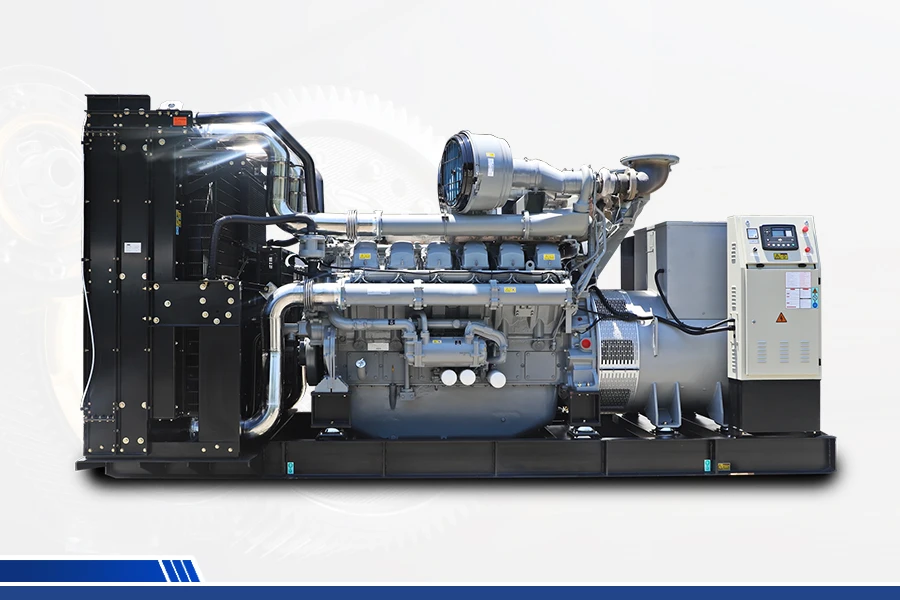 Introducing the components of a diesel engineIntroducing the components of a diesel engine A diesel generator set is a type of internal combustion generator set and is currently one of the most widely used power generation devices in the world....
Introducing the components of a diesel engineIntroducing the components of a diesel engine A diesel generator set is a type of internal combustion generator set and is currently one of the most widely used power generation devices in the world.... -
Next Post:
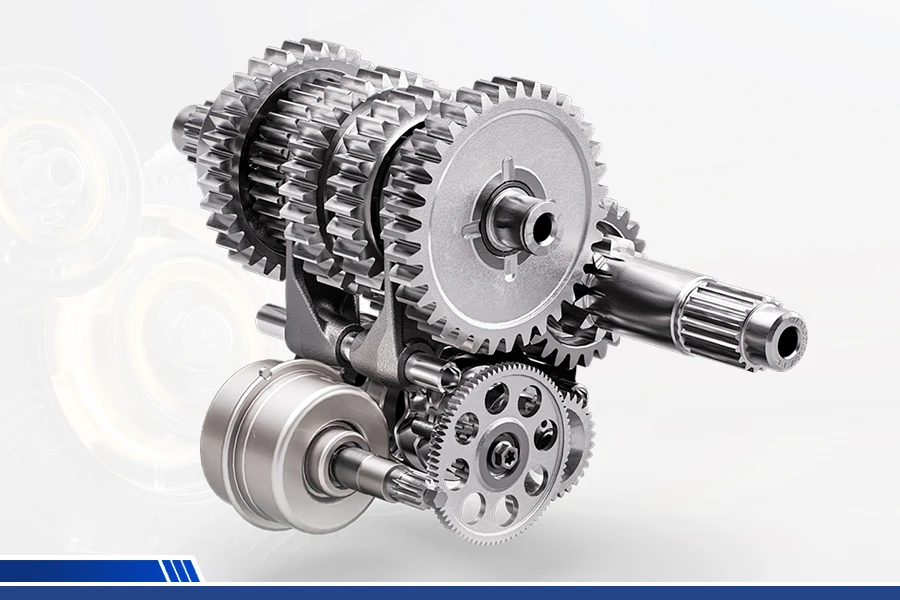 How to properly maintain a diesel engine?Diesel engines provide a steady supply of power for equipment and are widely used in production and operations. Since diesel engines are highly precise machines, proper maintenance during use is cruci...
How to properly maintain a diesel engine?Diesel engines provide a steady supply of power for equipment and are widely used in production and operations. Since diesel engines are highly precise machines, proper maintenance during use is cruci...
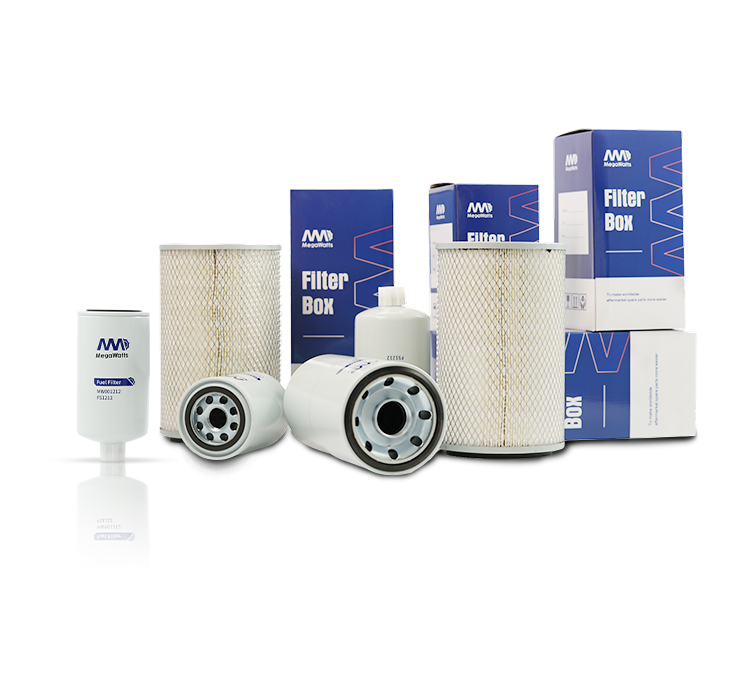
-
INFORMATION
-
CHINA SALES OFFICE: No. 2-11, No. 8, Gaotai Road, Gaishan Investment Zone, Cangshan District, Fuzhou, Fujian
-
SAUDI ARABIA FACTORY: 7264 Shakra, Al Faisaliyyah, REFB3035, 3035, Riyadh 12883
-
RUSSIA SALES OFFICE: 127282, Moscow, Severnoe Medvedkovo Municipal District, Polyarnaya St., 31V, Bldg. 1, Premises 1/2
-
COLOMBIA SALES OFFICE: 92-32 26th Street, 03-118, Bogota
-
NIGERIA FACTORY: Plot 5 Chivita Avenue Ajao Estate Isolo Lagos
-
Email:sales@megawattsparts.com
 English
English
-
 English
en
English
en -
 French
fr
French
fr -
 Russian
ru
Russian
ru -
 Spanish
es
Spanish
es -
 Arabic
ar
Arabic
ar
-
<{ item.name }>(<{ item.code }>)

You agree to MegaWatts.com's Terms of Use and Privacy Policy by subscribing. You may receive emails with useful tips, promotions, and offerings.






